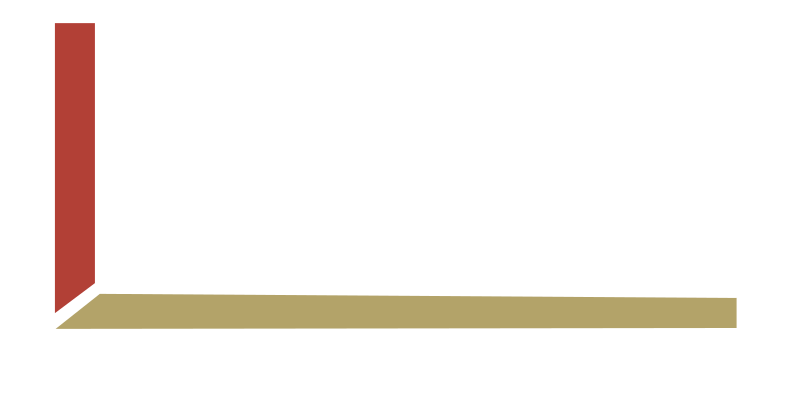
Details on LVP's Global Production Transfer & Assembly Relocation Expertise
Global OEMs and Fortune 500 firms are relocating production to North America to mitigate supply chain risks and enhance customer proximity. These companies aim to leverage core competencies while accelerating savings and extracting maximum value from their supply chains—focusing on operational efficiency, margin growth, and innovation (speed-to-market, premium branding).
This opportunity assessment answers three key questions to determine implementation readiness if client leadership decides to proceed: which products/categories offer the best relocation value, what resources/timelines are needed for execution, and how to structure the transition for maximum savings:
- Where are the savings per product line, segment, and geography?
- How do we verify these savings? Unlike competitors who rely on generic 10% estimates, we provide documented proof—line-item analyses of product categories, sub-categories, segments, and regions, including unrecorded spec deviations and tooling realities that others miss
Example: Diagnostic
| A. How Can We Confirm the Savings Are Real? | B. Breakdown of Cost Savings |
|---|---|
|
|
- How does the Client/LVP Team secure, execute, achieve, and maintain savings—measured through EPS growth and margin improvement? Put simply, savings are realized through a data-driven, stage-gated process combined with practical, skill-building training. This enhances procurement teams' strategic capabilities in category management (like assembly and product families) and equips them to negotiate effectively—even at the CEO level with suppliers. Senior LVP experts will work side-by-side with your teams—both at corporate offices and business units—providing hands-on support to execute the process. Key activities include: identifying and qualifying top-tier suppliers or implementing Bill of Material Localization (a potential game-changer for engineering teams), developing technical/commercial supplier profiles, conducting due diligence, and systematically preparing teams for high-level negotiations. Ultimately, we collaborate closely with your cross-functional and regional teams, ensuring precision at every stage to lock in savings, boost margins and EPS, strengthen supply continuity, and mitigate global supply chain risks.
Upon completing the opportunity assessment, LVP will deliver the following to our Client:
- A comprehensive Global Transformation Strategy for Assembly & Product Category Optimization
- Calculated Savings Potential Across All Product Categories/Families
- Stage-by-Stage Implementation Plan with Regional and Segment-Specific Savings Timelines
- Identified Cost Reduction Opportunities from Continuous Process Improvements
- Thorough Spend Analysis: Data Collection, Categorization, and Benchmarking Comparing Current Procurement State to Future Goals, Incorporating Shared Spend Optimization and Best Practice Implementation
- Organizational Structure Recommendations for BCC's Assembly/Product Category & Warehousing Operations
- Evaluation of Supporting Systems, Tools and Technologies for Long-Term Sustainability
- Optimization of Assembly/Product Category Logistics for Raw Materials, Components, Subassemblies and Finished Goods - Including Supplier/Customer Collaboration Opportunities
- Current Skills Assessment and Customized Training Program Development
- Strategic Process Improvement Recommendations for Enterprise Procurement & Global Supply Chain Operations
LVP fully recognizes the complexities involved in setting up new operations abroad, particularly in countries like Mexico. Relocating light assembly represents just a minor component of a far more intricate challenge. A critical aspect involves the indented and exploded bill of materials (BOM) along with associated tooling (including intellectual property rights and conditions) and comprehensive tear-down analyses. The BOM review process varies in focus depending on the assembly level, often resulting in reduced leverage across the entire product category/family since the emphasis shifts to component-level migration rather than full product category/family optimization.
To address this, selecting a family of parts and implementing a 'global product category/family migration strategy' enables simultaneous BOM analysis, product cost reduction (PCTO), and maximization of spend leverage across multiple segments with global suppliers. An alternative Reverse BOM approach employs material science to determine chemical composition, mechanical properties, and surface finishes while analyzing critical dimensions/parameters and undisclosed specification deviations (GD&T).
The strategy's success hinges on engaging alliance suppliers to fund these tear-down analyses through various slotting allowances. Suppliers can contribute financially or by providing their top engineers, dedicated laboratories, support teams, and testing equipment for validation, ORT, and FMEA. These suppliers maintain both sustaining and advanced design engineers who can identify and implement value analysis/engineering (VA/VE) through Supplier Development & Innovation (SD&I) programs.
For instance, LVP successfully implemented this approach with Porsche Consulting at Caterpillar Germany, utilizing supply chain engineers (not quality assurance) to compare competitor components, subassemblies, and applications. Another effective method integrates sustaining and advancing engineering teams through SD&I programs, fostering competition among multiple suppliers to generate optimal redesigns, alternative materials, product substitutes, gauge reductions, shape conversions, and manufacturing/process improvements.
Regardless of whether vertical or horizontal analysis is employed, the crucial step involves transforming collected data into actionable insights through a fact-based, data-driven process. LVP offers comprehensive training on this SD&I methodology and its integration with the 11-Gate Migration Process to enhance product affordability, quality, and production efficiency.

Trevor Wallace
Partner
LVP Consulting




